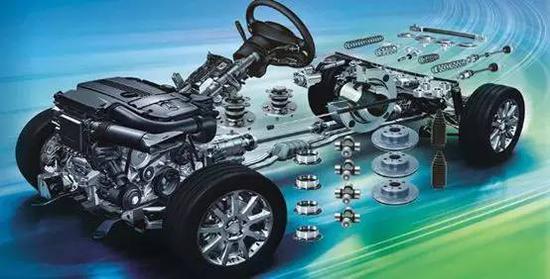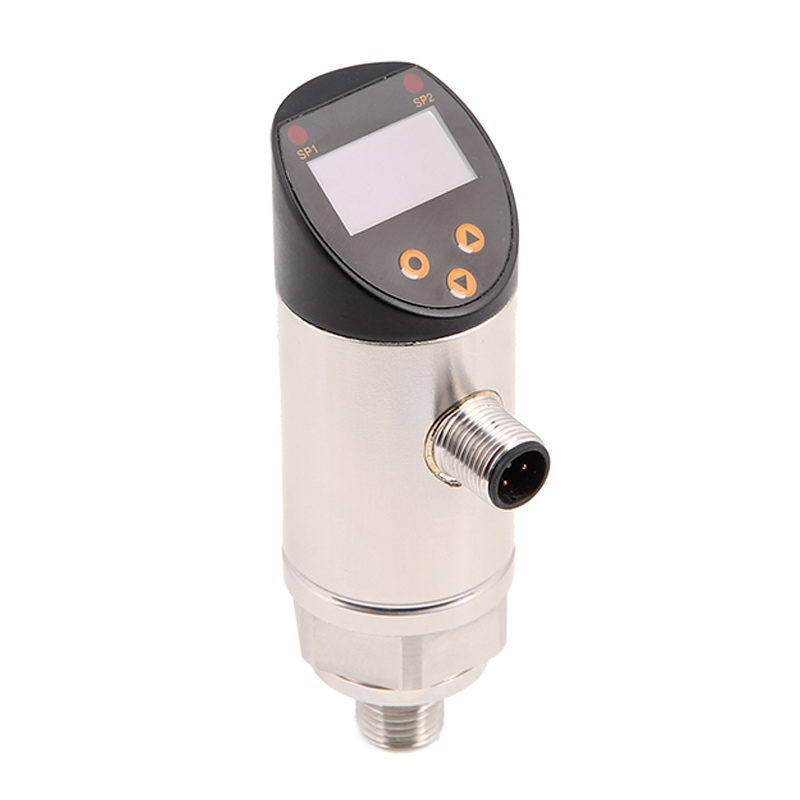What are the eight sensors on the car? What are the differences? Do you really know about them?
From: Issued date 2019.05.18 Back
When the car is driving, it needs to convey the driver's operation to the car. The function of the sensor is to convert these signals into the running state of the car, and in order to ensure safety, the sensor needs to complete complex state monitoring and real-time monitoring of the overall state of the vehicle. So what are the important sensors that are indispensable in the car?

The following are the eight key sensors of the car: air flow sensor, intake air temperature sensor, throttle position sensor, water temperature sensor, camshaft position sensor, crank position sensor, knock sensor and oxygen sensor.
1. Air flow sensor
The air flow sensor converts the inhaled air flow into an electrical signal and sends it to the electronic control unit. As one of the basic signals for determining the fuel injection, it is a sensor that measures the air flow drawn into the engine.
2. Intake pressure sensor
The intake pressure sensor, referred to as MAP, is connected to the intake manifold by a vacuum tube. With the different speed load of the engine, the vacuum change in the intake manifold is sensed, and then the internal resistance of the sensor is changed to a voltage signal for correction of fuel-injection quantity by the ECU, and ignition timing angle.
3. Throttle position sensor
A throttle position sensor is mounted on the throttle to detect the opening of the throttle. It is linked to the throttle by a lever mechanism to reflect different operating conditions of the engine. This sensor can input it into the electronic control unit (ECU) after detecting the different operating conditions of the engine to control the fuel-injection quantity.
4. Water temperature sensor
There is a semiconductor thermistor inside of the water temperature sensor. The lower the temperature is, the bigger the resistance will be. On the contrary, the higher the temperature is, the smaller the resistance is. It is installed on the water jacket of the engine block or the head, and is directly contacted with the cooling water so that the engine cooling water is measured. temperature. The electronic control unit measures the temperature of the engine cooling water according to this change. The lower the temperature is, the larger the resistance will be. On the contrary, the higher the temperature is, the smaller the resistance. The electronic control unit measures the temperature of the engine cooling water based on this change as a correction number for fuel injection and ignition timing. To put it simply, we can know the current state of the car's operation of stop or exercise, or how long it takes to exercise by the temperature of the engine's water temperature.

5. Camshaft position sensor
The camshaft position sensor is a cylinder discriminating and positioning device that inputs a camshaft position signal to the ECU, which is the main control signal of the ignition control.
6. Crankshaft position sensor
Also known as the crank angle sensor, it is the most important sensor in the computer-controlled ignition system. Its function is to detect the top dead center signal, the crank angle signal and the engine speed signal, and input it into the computer so that the computer can issue the ignition timing command based on the cylinder firing order.
7. Knock sensor
The knock sensor is mounted on the engine block to monitor the engine's knock at any time.
8. Oxygen sensor
The oxygen sensor is a key feedback sensor in the EFI engine control system. It is a key component for controlling vehicle exhaust emissions, reducing vehicle pollution to the environment, and improving the fuel burning quality of automobile engines. The oxygen sensors are installed on the engine exhaust pipe.

